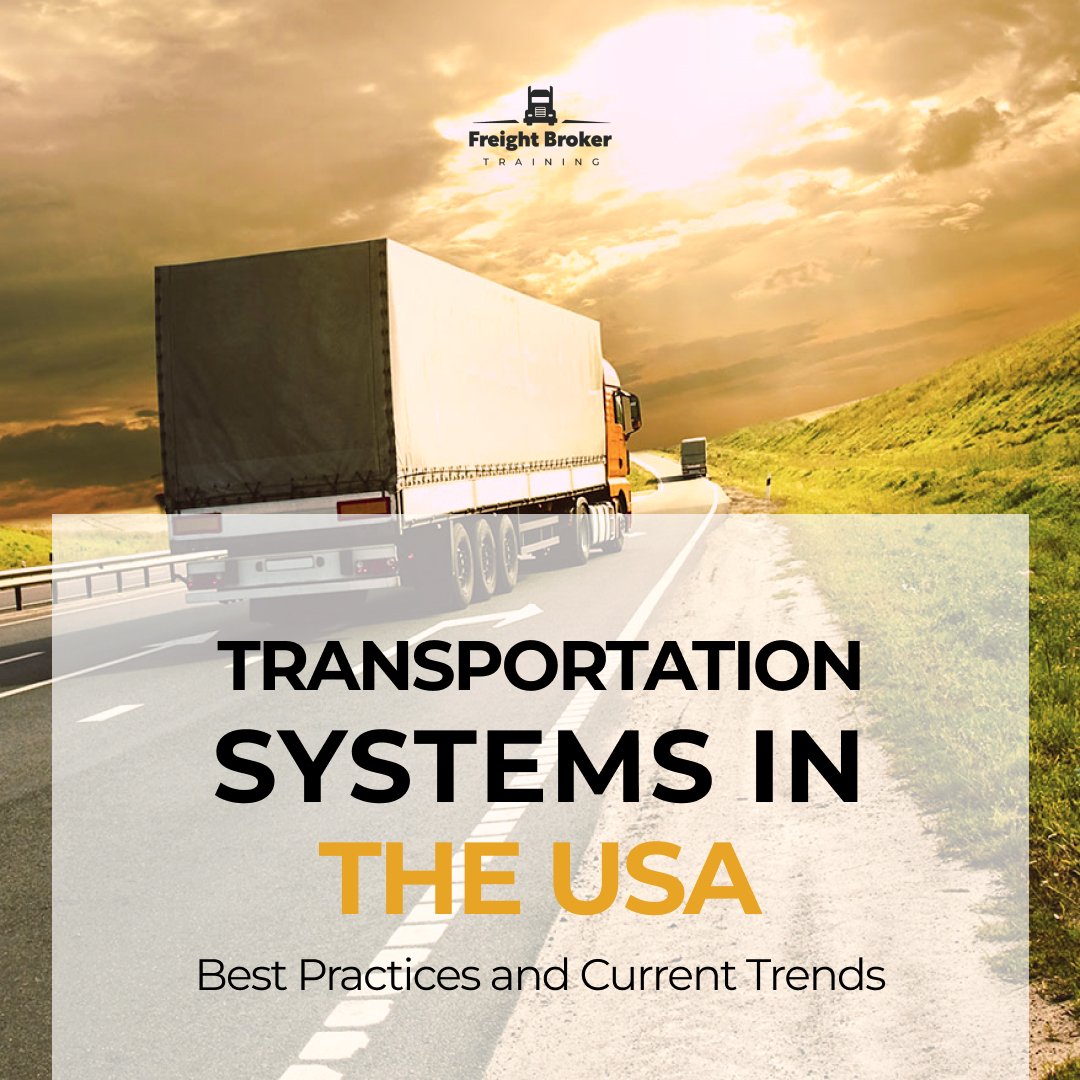The United States boasts one of the most intricate and diversified transportation systems globally, with a myriad of best practices and cutting-edge trends shaping the way people and goods move across the country. In recent years, a paradigm shift towards sustainability, efficiency, and technological advancement has revolutionized the transportation landscape.
Urban Mobility and Public Transit: One of the core focuses in the US transportation sector is enhancing urban mobility. Cities are investing in public transit infrastructure, emphasizing greener alternatives such as electric buses and trains. Initiatives promoting bike-sharing and pedestrian-friendly zones have gained momentum, encouraging eco-friendly commuting. Additionally, the integration of smart technologies like real-time tracking apps optimizes routes, reducing congestion and travel time.
Rise of Electric and Autonomous Vehicles: Electric vehicles (EVs) have become a focal point in the US transportation agenda, driven by environmental concerns and advancements in battery technology. The growth of charging networks nationwide has spurred EV adoption. Moreover, the development of autonomous vehicles (AVs) is reshaping the future of transportation. Companies like Tesla, Waymo, and Uber are pioneering self-driving technology, promising safer roads and efficient traffic flow.
Green Initiatives and Sustainable Practices: To combat climate change, the US transportation sector is embracing sustainable practices. The emphasis is on reducing emissions and promoting eco-friendly fuels. Initiatives like the Green New Deal promote investments in renewable energy sources, encouraging the adoption of biofuels, hydrogen-powered vehicles, and electric public transportation. Moreover, sustainable urban planning emphasizes mixed land use, reducing the need for extensive travel.
Intermodal Connectivity and Logistics: Efficient movement of goods is vital to the economy. The US transportation system emphasizes intermodal connectivity, ensuring seamless transitions between different modes of transport—trucks, trains, ships, and planes. Advanced logistics technologies, including IoT (Internet of Things) sensors and blockchain, enhance supply chain visibility and optimize cargo transportation. This interconnected approach reduces delivery times, costs, and environmental impact.
Challenges and Solutions: Despite progress, challenges persist. Traffic congestion, aging infrastructure, and funding gaps remain significant hurdles. Innovative financing models, like public-private partnerships, are being explored to bridge the funding gap. Moreover, data-driven decision-making, utilizing big data analytics, is helping authorities predict traffic patterns, enabling proactive solutions.
The Future Outlook: The future of US transportation is promising, marked by a shift towards sustainability, technology-driven solutions, and inclusive mobility. The integration of 5G networks, IoT devices, and AI-driven algorithms will create a smart transportation ecosystem. Electrification, automation, and intermodal connectivity will continue to be key drivers, ensuring a seamless, efficient, and environmentally friendly transportation experience for all Americans.
In conclusion, the United States is at the forefront of transportation innovation, adopting best practices and embracing emerging trends. By addressing challenges and leveraging technological advancements, the nation is paving the way for a greener, safer, and more connected future in the realm of transportation.

